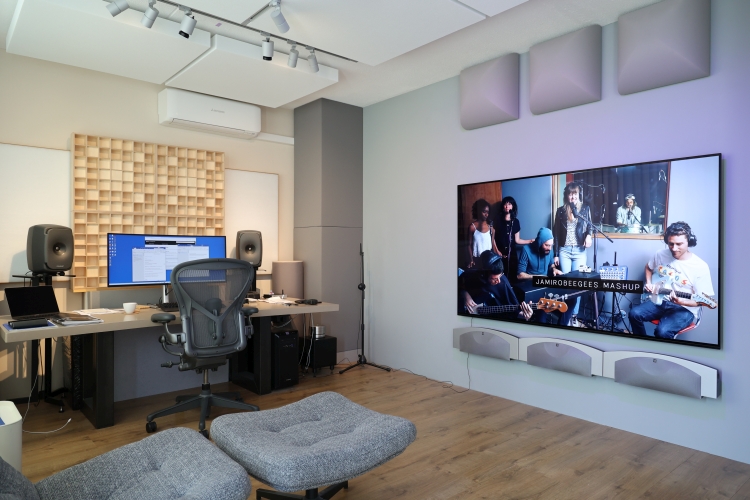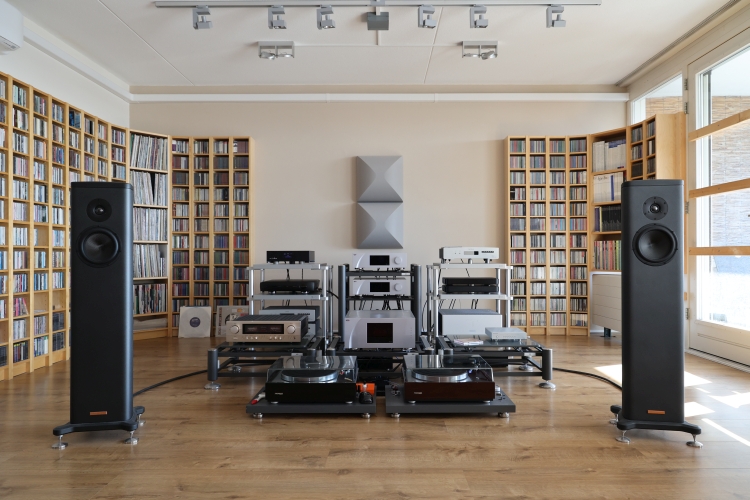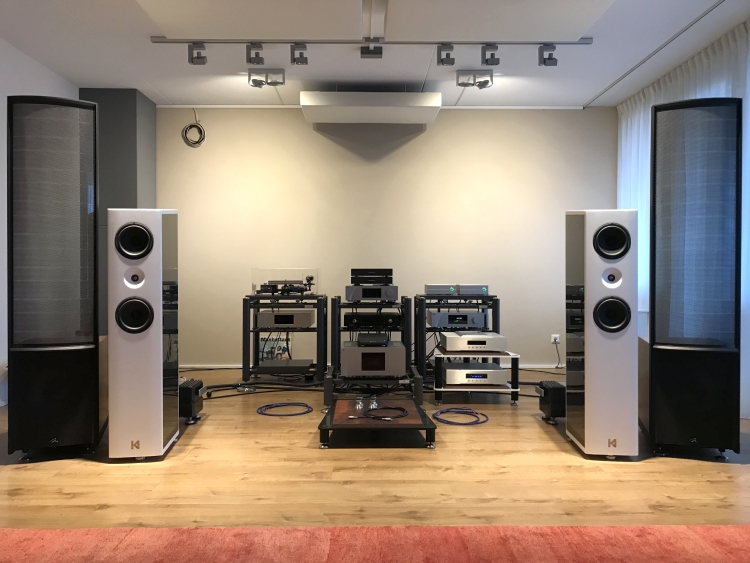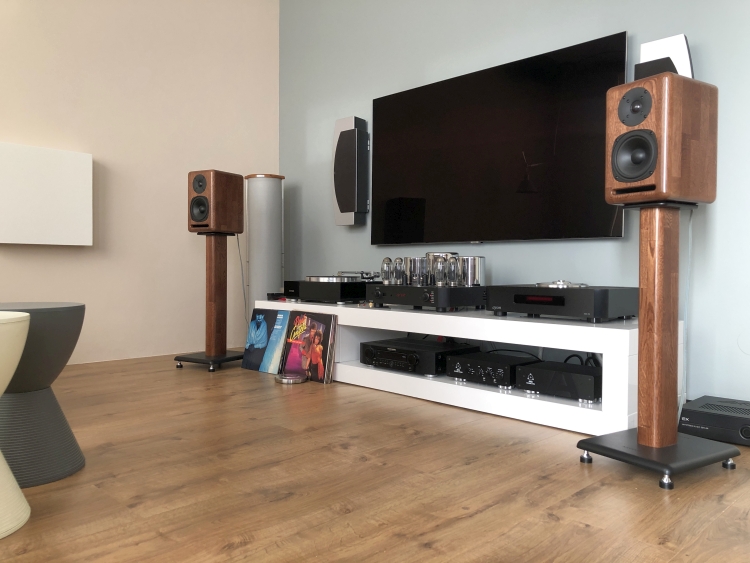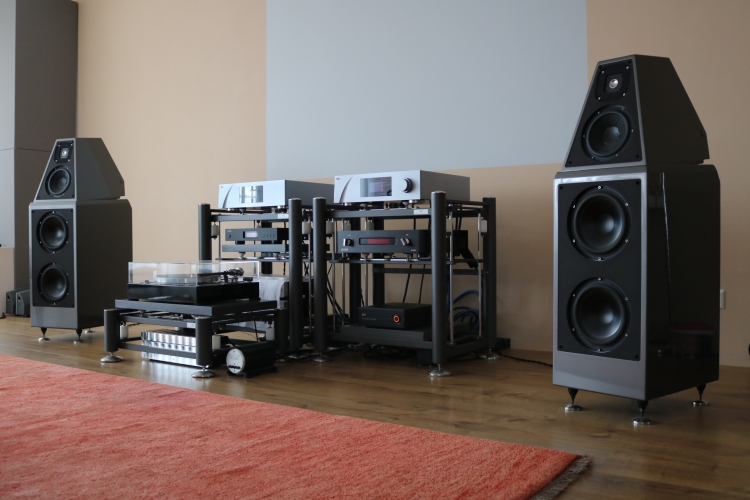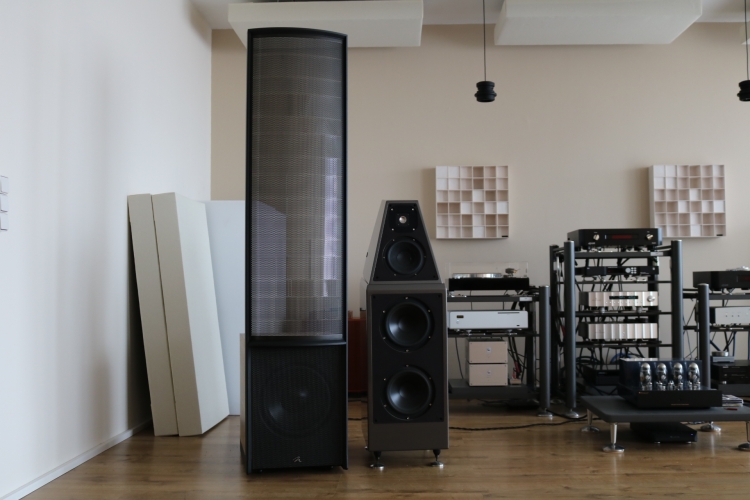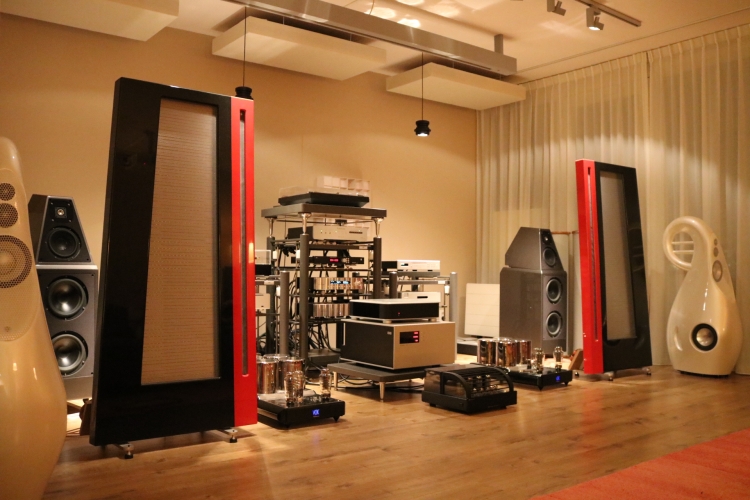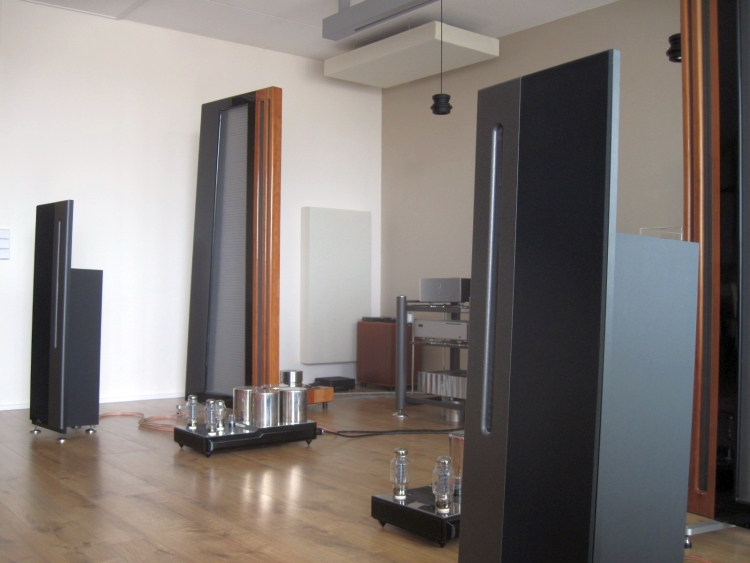HFA Audio Setup History 21 – Secondary Setup – May 2016 to August 2016
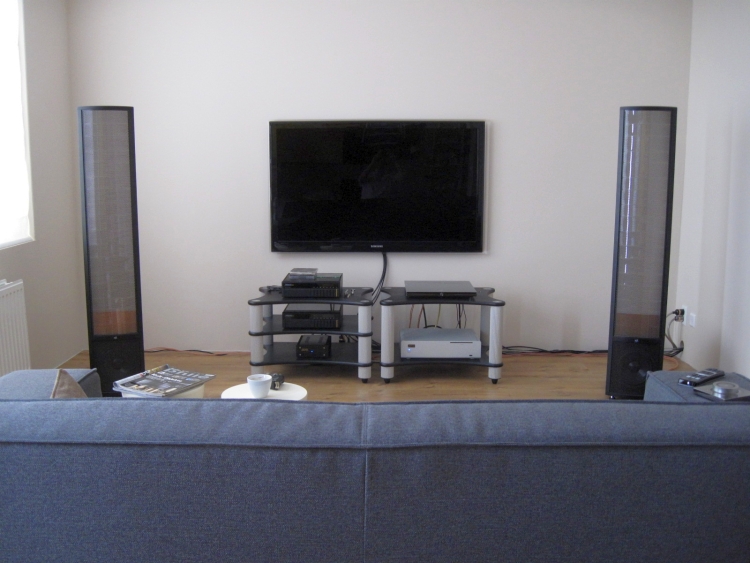
Martin Logans, like any dipole speaker, need lots of space around them
The listening section of my secondary listening room is only 4 meters wide, but with careful positioning of the speakers I have been able to get excellent bass out of them with seemingly ruler-flat response, much better in that respect than in the previous setup where the bass was nicely full but peaky due to room modes, and not articulate and coherent enough. That the bass is now so good is mostly the result of the absence of standing waves, as the rear wall is roughly 3,5 meters away from the listening spot. Bass is always the first part that I optimize when positioning speakers, after that I try to optimize imaging within the constraints set during the bass optimizing stage. For instance, I found that the speakers may be as close to the side walls as 36cm (14,2 inch), provided that they are pulled into the room at least 88cm (34,6 inch) measured from the rear part of the speakers’ bass cabinets. Any closer to the sidewalls will produce boom. Imaging is pretty good but not quite as holographic as in the previous setup, where the side walls were much further away. Hey, win some, lose some.
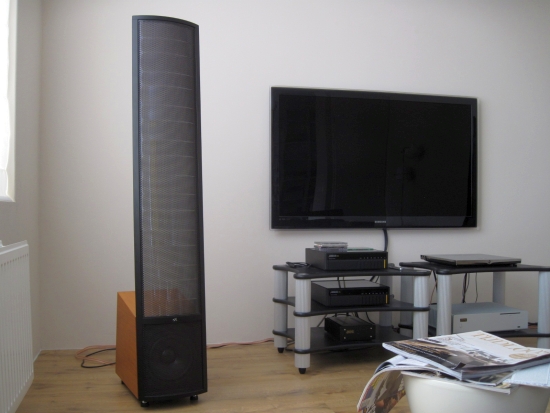
In spite of their curved stators, Logans are still quite beamy. However, they do spread treble wide enough to enable 3 persons sitting side by side enjoying the full frequency spectrum. The beaminess comes into play in terms of soundstaging and focus, which really only is optimal for the one person sitting in the middle. And due to the linear vertical dispersion, these are no speakers to use when walking around the house because the treble drops off considerably as soon as you stand up.
In spite of their limitations I am still much impressed with the current Martin Logan sound. It’s very different from the Apogee sound: cleaner, more transparent and even less colored, but they can also be a little clean and timbre isn’t as acoustically convincing. Still both renditions are perfectly valid and intrigueging for their own reasons. Ultimately I’d say the Apogees are better at sounding like live music and like to play louder and the Logans are better on an analytical level and they excel at low-level listening while still conveying all the detail and articulation in the recording.
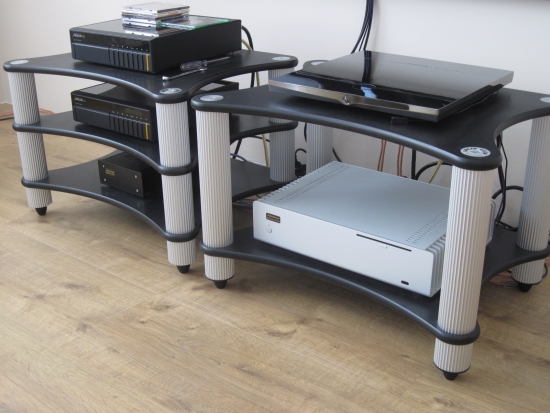
The system is super-simple: just a music server and an integrated amplifier with a streaming endpoint and DAC onboard. Bottom right are the AudioAanZee Reference Flow music server with its linear power supply and the Devialet 120 amp on top. Top left is a Meridian 506.24 CD player used as digital transport and under that is its brother/sister. Don’t ask me why I have two of these players…
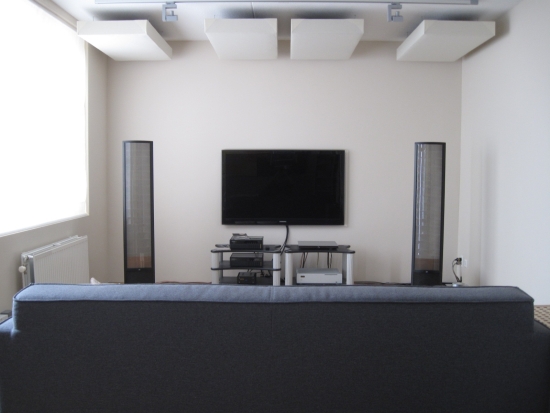
I spent countless evenings in awe while being immersed in the Logan experience, blissfully at first ignoring the bass problems. This was not too hard because there were essentially only 2 certain low notes that would excite the room modes, and only certain music tracks contained these notes. And although the Logans cannot be blamed for this boom, I must note that the room modes were excited much more severely with the Logans than was the case with the Apogee Duetta Signatures. There’s something about full range dipoles that seems to make them a friendlier load for a given room. In spite of popular belief that full range dipoles are a pain to set up correctly, in both my listening rooms I find that the opposite is true and the biggest problems are experienced with dynamic speakers’ bass behavior.
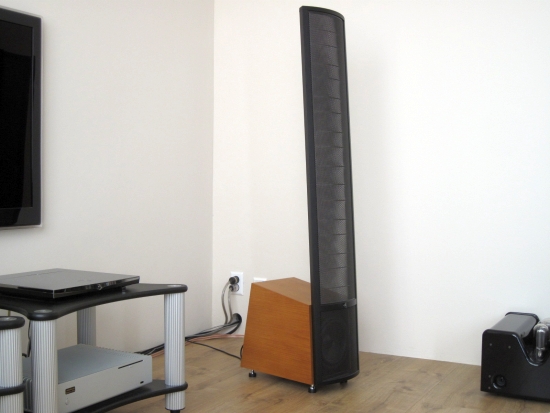
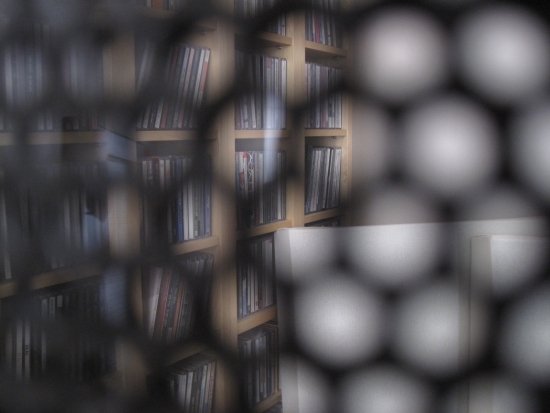
Martin Logan stators consist of 2 perforated metal plates with a plastic foil in-between. The foil is transparent, and this gives the speakers much more flair than they would have if they were solid wood boxes. Even though they are just as tall as the Apogee Duettas, I’d bet that the Ethos pair has a much higher WAF.
Unfortunately, in spite of my best efforts in setup and damping, the room was very particular in its acoustic behavior. When seated in the listening position the sound was almost perfectly flat and very precise. Although its soundstage was less immersive than it was in the former setup along the long wall, imaging was very precise, with focus that bettered what I had achieved at this time with the Apogee Divas in the main setup. The annoying part was that on either side of the listening sofa, the bass modes were still abundantly present, and the music was not enjoyable in these positions. Logans are already pretty much a one-man system due to their beamy imaging, but at least the frequency range in the horizontal field is normally quite neutral. Not in this room though. Finally, I do tend to walk around the appartment a lot while there’s music on, and with the Logans, the sound just wasn’t very good anywhere but in the listening spot. Eventually, these issues made me decide to cease using this space as a secondary listening room.
Components:
Martin Logan Ethos
Electrostatic speakers (active DSP bass)
Extensive Review
Meridian 506.24
as CD transport
AudioAanZee Reference Flow
Music server direct via USB into the Devialet or to the main setup over ethernet via EC Designs BBB
Roon and jRiver Media Center
on Windows PC via Devialet Air
Devialet 120
Integrated amplifier, DAC, Streaming endpoint
Symo LS4X
Speaker cables
KingRex Unanimous uArt
USB cable
